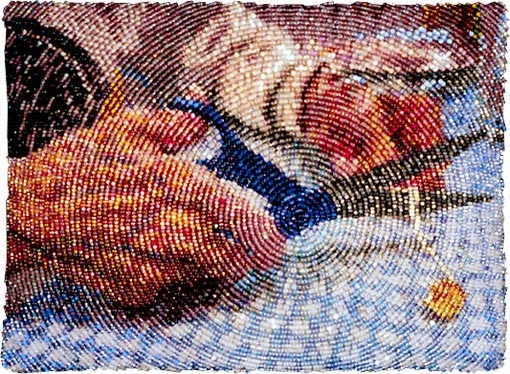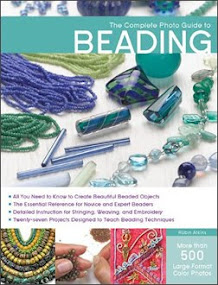Last week, I flew to CA, rented a car, and spent a wonderful week with her! These are my 15 favorite things (not necessarily in order, except for number 1) about the trip...
Being with my sister is at the TOP of the list!
I love the way the sunshine brought out the beautiful rose-red color of Bougainvillea.
This vine was all over the courtyard of the Dynasty Suites, where I stayed in Redlands, CA.
Hollyhocks!
So many memories... They grew all along the side of my grandparent's home in Sutter Creek, CA. My brother and I decorated mud cakes and made ballerinas out of them!
It was way fun to be around my 12 year old nephew, Jackson!
New to me, I think these ubiquitous trees are called Italian Cypress.
While the spires reach 60' high, the trees are only about 5' in diameter.
On a road trip into the Transverse Ranges, we saw trees with cones as big as pineapples!
I think they are Coulter pines.
I didn't expect to fall in love with trees in the desert, but here's another one
that caught my fancy... The desert fan palm is also called
petticoat palm, for reasons you can see.
This incredible lion sculpture (click to see details!) is one of a whole lion family
located at the Living Desert, a zoo (a 5-star zoo in my opinion) in Palm Desert, CA. The "Dancing with Lions" sculptures were created by an artist named Bill Secunda from Pennsylvania.
The Living Desert currently features an interactive exhibit of Australian Outback birds.
For $2 a person, you can go inside the exhibit with all these pretty birds.
For $1 each, you can buy Popsicle sticks with bird seed on it to feed the birds.
After they get used to you, they land on your purse, your head, your shoulder... anywhere...
This one worked a long time trying to get nourishment from my earring.
We drove out Hwy 38 from Yucaipa to Big Bear Lake.
Entranced by the rocks & rock formations, we stopped many times to take pictures.
This was one of our favorite rock formations....
Can you imagine the various events and forces that caused this!
This is another favorite rock formation. Behind it is a steep drop-off
into a deep canyon. I wonder how long before it topples?
Not only are the rock formations beautiful from afar,
but up close, they reveal lovely succulents like these!
Big Bear Solar Observatory is one the world's larger solar observatories.
Click the link to learn interesting things about it.
By chance, my rental car was a Mazda 6.
Spunky and nimble, I give it a rating of 4.5 stars!
There y' go... 15 favorite things, although, I'll probably look at all my pictures again tomorrow, and pick 15 more faves. It was a great trip! I took beading and knitting projects with me, but do you think I had any time to work on either? Nope... just didn't happen.
Oh, and more good news! While I was gone, this is what it was like back on San Juan island...
There's still snow in the ravines and on the tops of the hills (500' elevation), but I happily missed having to drive on roads like this. California sunshine was mighty nice!
Oh, and more good news! While I was gone, this is what it was like back on San Juan island...
There's still snow in the ravines and on the tops of the hills (500' elevation), but I happily missed having to drive on roads like this. California sunshine was mighty nice!
















































